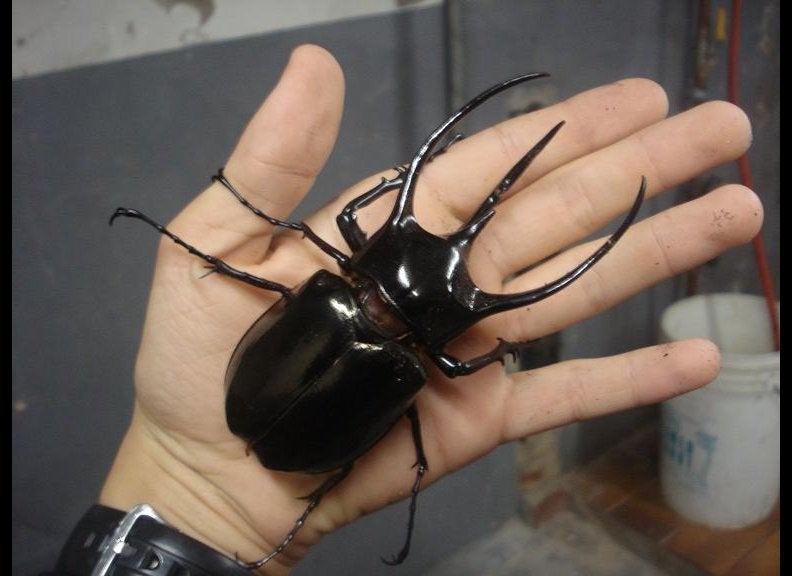
To a hyena, a grass stalk like this is an olfactory Facebook. He can tell from a sniff which other hyenas are in the area: male or female, young or old, pregnant or lactating. All of these characteristics are recognizable from the scent pastes that their owners rub onto such stalks from a gland under their tails.
Many mammals communicate by scent, and scientists have long suspected that the chemicals responsible for this language of signature stinks are not made by the animals themselves, but by symbiotic bacteria that live in scent glands. Researchers tested this idea with a study of pastes scooped from the glands of anesthetized hyenas in Kenya. They took a survey of the bacterial DNA in each paste, and of volatile fatty acids, a family of pungent chemicals that are largely responsible for the smell.
The bacterial and chemical signatures matched each other, suggesting the microbes are producing the odors: Individuals with similar chemicals also had similar profiles of bacteria. What's more, the bacterial and chemical signatures also corresponded to key pieces of information hyenas detect from smell: the family or clan they come from, their sex, and their reproductive status, the researchers report online today in the Proceedings of the National Academy of Sciences.
The next steps will include cultivating the microbes they found in the lab to confirm exactly what chemicals they produce and solidifying the theory that it's animals' bacteria, not the animals themselves, that make such a big stink.
Original article:
ScienceNOW, the daily online news service of the journal Science
